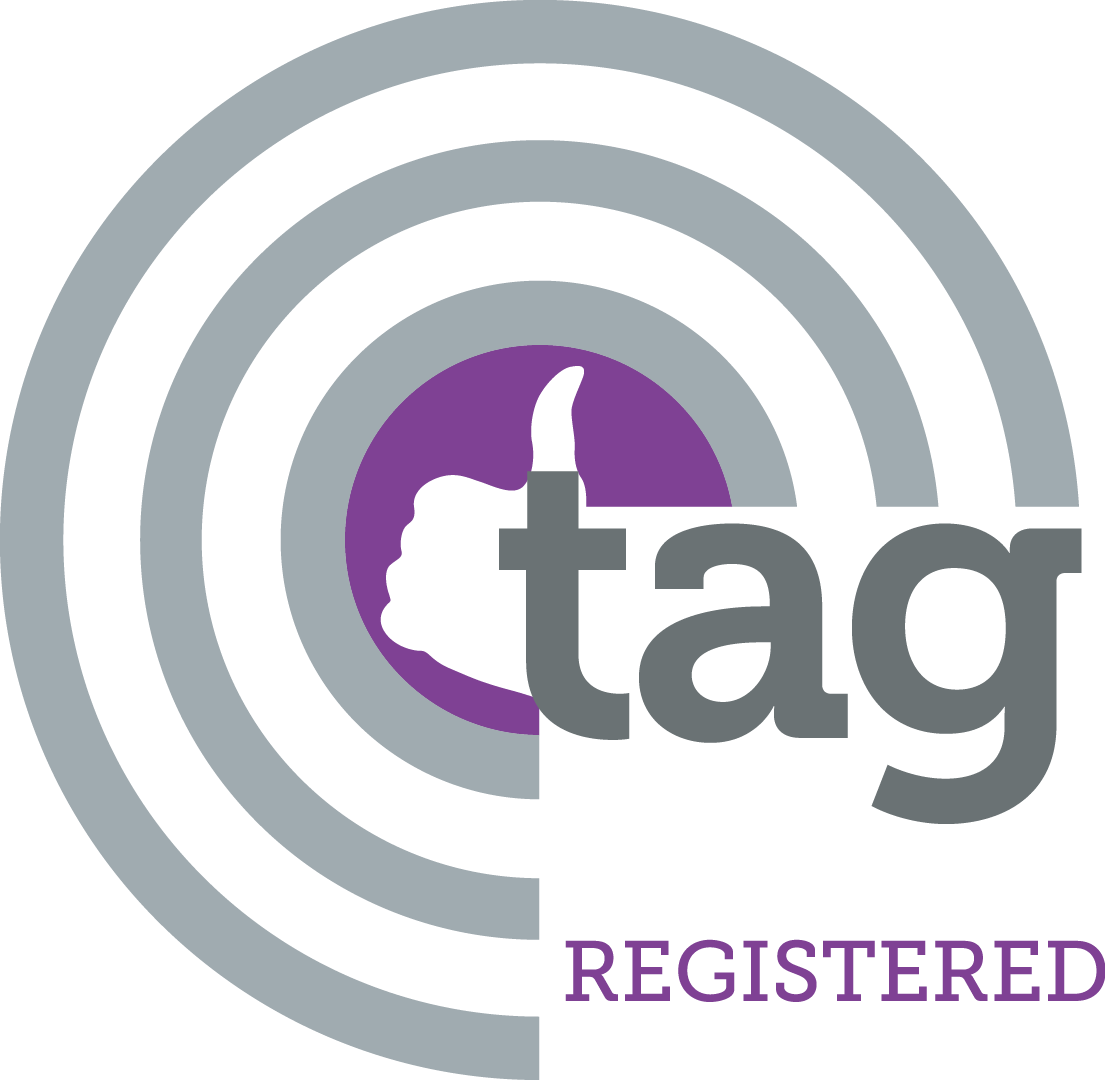
Personalization: How Brands can Create Direct Connections in Challenging Times
Featured in AdAge
By: Oz Etzioni, CEO of Clinch – April 17th, 2020
During times of uncertainty, marketing can be extremely challenging. As consumers’ belts tighten, along with marketers’ budgets, I believe the brands that bolster creativity and personalization will be those that maintain consumer relationships and remain in a purchasing consideration set.
As the founder of an artificial intelligence platform that provides data-driven personalized video ads, I saw that 2019 was thought to be the year of personalization, but many brands fell short of that promise. As we ushered in 2020, many who dipped their toes in the “personalization pond” were ready for the full Monty.
What does ‘personalization’ entail?
Looking at the steps some brands have taken toward personalization gives me inspiration and hope in what to expect next. What’s more, personalization shouldn’t just be relegated to paid media on programmatic and social; it should be everywhere. Sephora is a great example of this: The beauty chain’s email campaigns make recommendations on what products you might like or might be running out of, and their retargeting efforts gently remind you about what you saw on their website. In-store, associates are equipped with devices that check you out and personalize your experience by helping you look up past purchases and provide curated product recommendations.
How can you do this yourself?
There are three things marketers can do to start personalizing everywhere:
1. Put your data to work. Your consumers and prospects constantly engage and interact with your content, which generates valuable behavioral data and insights. Combine engagement data with your first-party and customer relationship management data. This can help you optimize your return on ad spend while also communicating with your consumers on a more direct, relevant and personal level across all your activations. This helps create a better experience for them and a better value for you as a brand long-term.
To make this happen, you’ll need your third-party partners and services to communicate with one another. Ensure your media agency is sharing data and feedback with your creative agency on a regular basis and vice versa. Results should be shared immediately and optimized per audience, per channel in order to better perform and communicate across all channels.
2. Always have an omnichannel approach. If you are only personalizing your creative and messaging on Facebook or only doing digital retargeting, you are not personalizing everywhere. Instead, stop and think about your customer journey. If they see a completely irrelevant message on one channel, it negates all the hard work put into your other channels.
Also, keep in mind that the customer journey doesn’t end when the consumer leaves their desktop or mobile device; it should continue in the real world, too. Delivering an omnichannel approach is an ongoing effort that should be coordinated across all your touch points with your consumers while also applying the learnings across the different channels.
3. Test and learn. As a marketer, you are surely used to A/B testing, so start doing this in real time. Take the creative that isn’t performing out of rotation, and understand that what worked in one geography or one format might not work in another. Don’t sit on these insights until the campaign is over to apply to the next one. Make changes now in real time.
Trying times create urgency and call for reprioritization. Things that were generally considered “part of the future road map” have suddenly become an immediate necessity. Omnichannel, data flow and activation among execution channels are, from my perspective, “must-haves” in order to maintain current and all future scenarios. Never losing sight of your consumer and connecting and unifying offline and online are essential.
As a brand, it’s important to continue to engage with consumers and create real personal connections. Messages should and will constantly change to address reality and to stay relevant. The key is to be able to react effectively and personalize everywhere.



